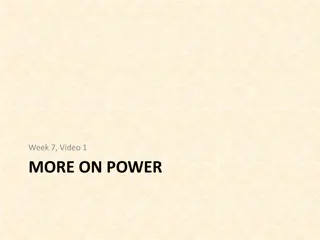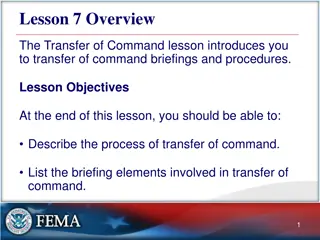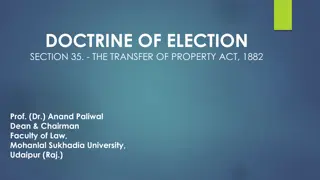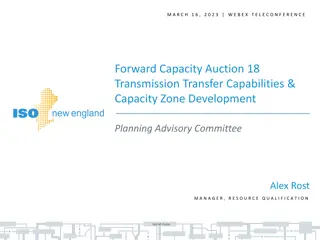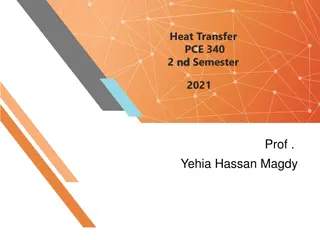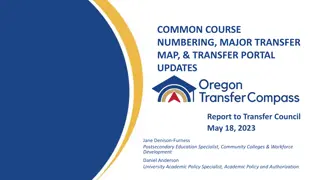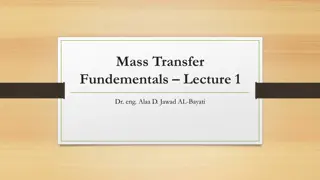
Calculating Maximum Active Power Transfer in Power Systems
The content provides a detailed exercise session on power systems, focusing on calculating the maximum active power transferred between busbars and deriving expressions for power transfer in relation to voltage angles. It includes questions, images, power-angle equations, and discussions on reactive power limitations in power transfer. Learn how to compute maximum transferred power and understand the impact of reactive power resources. Explore line equivalent schemes and power-angle equations in the context of power system analysis.
Download Presentation

Please find below an Image/Link to download the presentation.
The content on the website is provided AS IS for your information and personal use only. It may not be sold, licensed, or shared on other websites without obtaining consent from the author. If you encounter any issues during the download, it is possible that the publisher has removed the file from their server.
You are allowed to download the files provided on this website for personal or commercial use, subject to the condition that they are used lawfully. All files are the property of their respective owners.
The content on the website is provided AS IS for your information and personal use only. It may not be sold, licensed, or shared on other websites without obtaining consent from the author.
E N D





